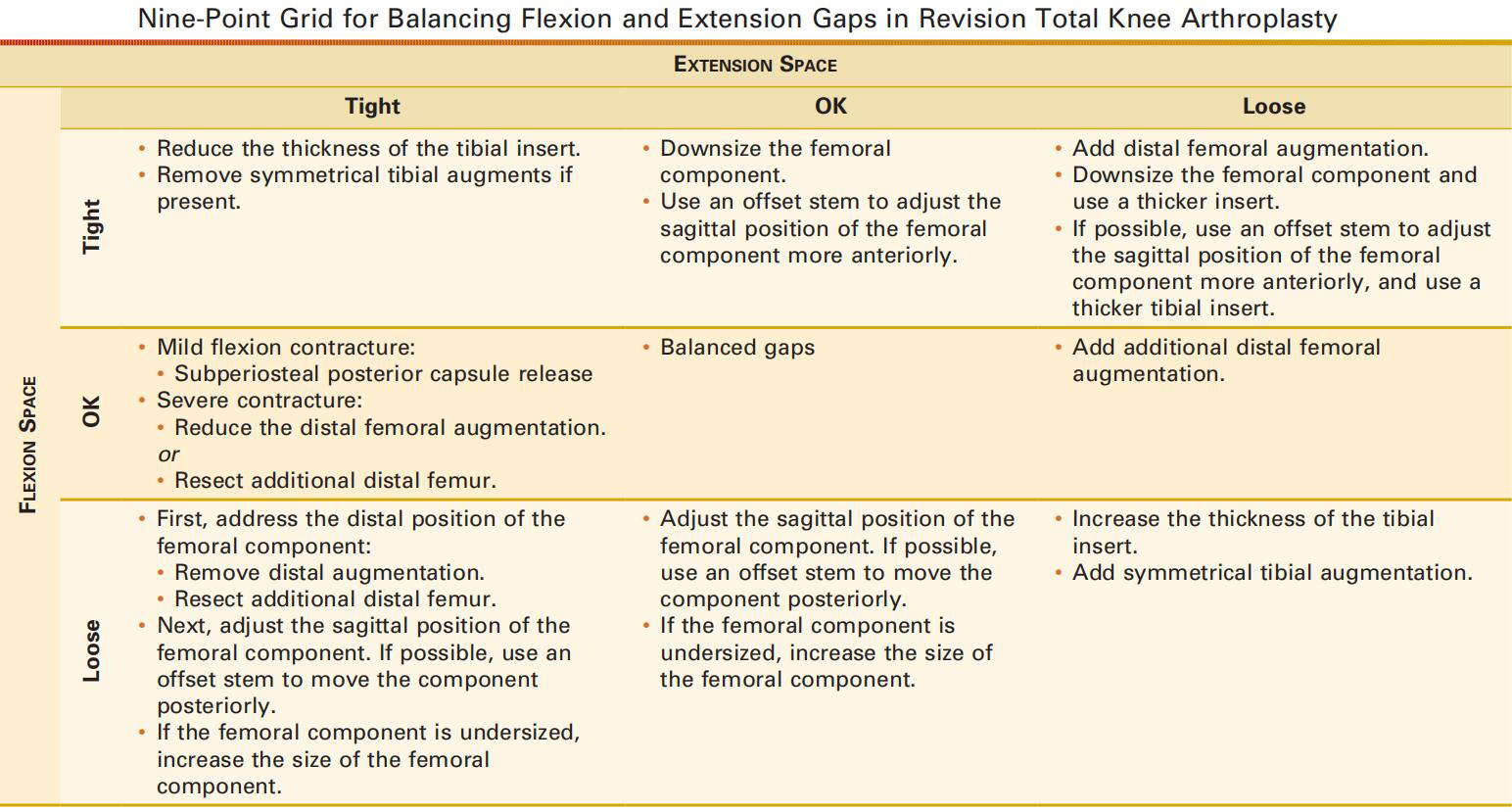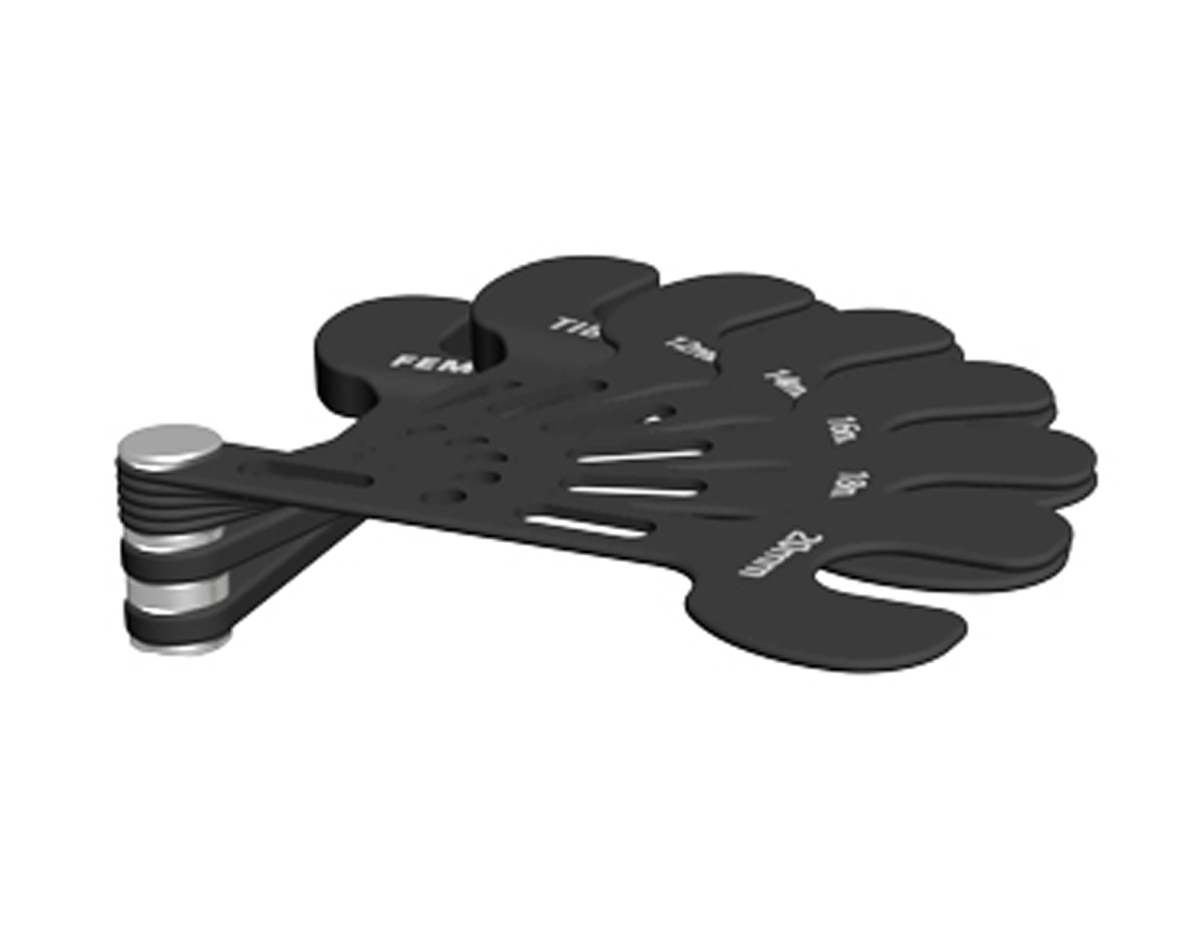Revision knee: stability assessment
 Jan. 20, 2020
Jan. 20, 2020
Revision knee: stability assessment
The key to a successful and stable revision total knee arthroplasty is to ensurethe prosthesis align correctly in sagittal, coronal and horizontal positions, andthe joint space symmetrical and equal in flexion and extension.
After removal of the prosthesis, a spacer is inserted into the extension andflexion gaps to evaluate the medial and lateral symmetry and if the extensionand flexion gaps are equal or not. which is important to determine the size andlocation of the prosthesis. It is very common to find asymmetry of joint space,especially that the lateral space in larger than medial in flexion, which is mainlydue to the excessive internal rotation of the primary femoral condyle prosthesisrelative to TEA (Transepicondylar axis).
The solution is to put the new condylar prosthesis back to its normal position,make it parallel to the TEA, and use augment in the lateral posterior condyle.
Another common situation is that the flexion gap is larger than extension gap,and a larger femoral component is recommended, along with posterioraugments in both medial and lateral.
Table 1 Methods for various asymmetric forms of flexion-extension knee gap.

Spacer














